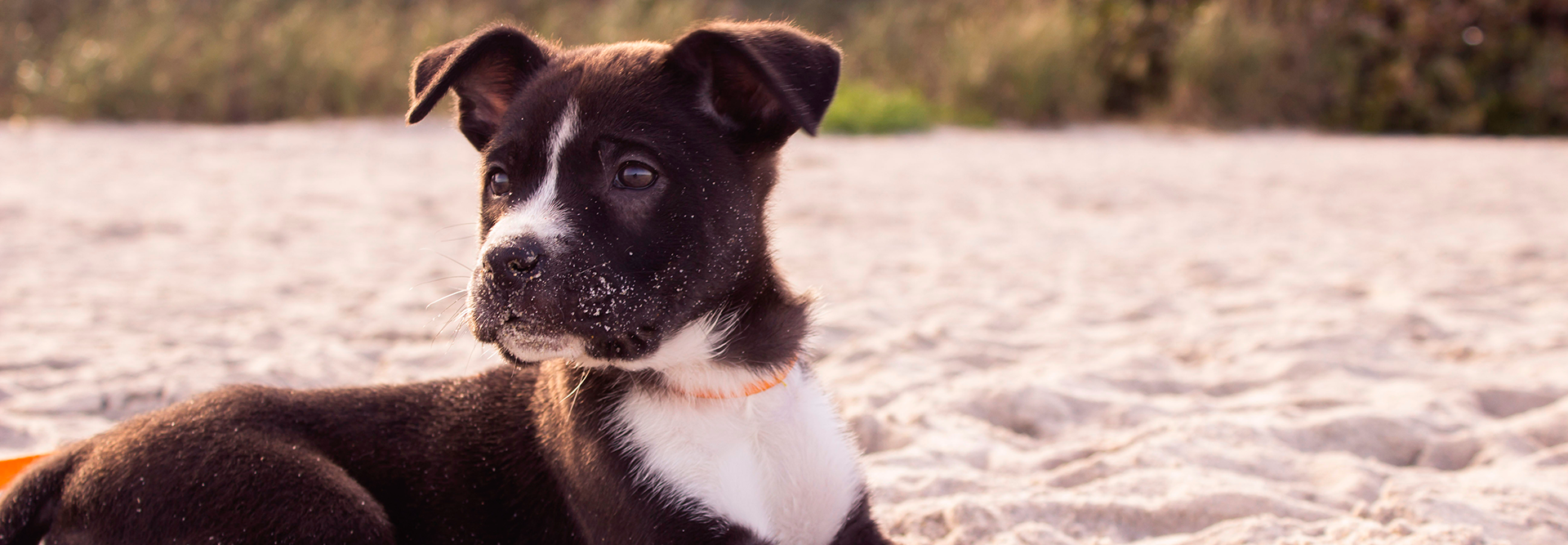
Does your puppy play-bow at you often? If so, consider it an invitation for a fun playtime session with your furry friend. Play signals are a great opportunity for you to bond with your beautiful puppy and encourage socialization skills. In fact, according to Puppyleaks, a study found that dogs who do not engage in […]
Does your puppy play-bow at you often? If so, consider it an invitation for a fun playtime session with your furry friend. Play signals are a great opportunity for you to bond with your beautiful puppy and encourage socialization skills. In fact, according to Puppyleaks, a study found that dogs who do not engage in active play will suffer from behavior problems. Now, puppy play is largely influenced by age, breed, and level of socialization. For instance, many terrier breeds enjoy the chase and grab games while hound breeds may enjoy games that involve sight or smell.
Puppy play behavior, which includes exaggerated movements and sounds, can generally be categorized into 5 specific types. It may also turn into “bad play” like intense roughhousing and bullying—both activities require puppy parents to break it up.
Here are 5 different ways puppies like to play with others:
Social play involves your puppy playing with other puppies, animals, or humans. It’s entirely interactive and allows your furry friend to test out their social skills. Some examples of social play include play-biting, play-fighting, chasing, and wrestling. Your puppy will usually begin social play through pouncing, barking, or play-bowing once they reach the age of 3 or 4 weeks.
Object play is another way puppies spend their playtime sessions. During object play, your puppy will likely chase down their favorite ball or paw at a toy. You can engage your puppy’s predator instinct by purchasing a toy that resembles an animal and have them chase the toy around. Other puppies love to play with water and will enjoy chasing or “biting” water from a hose.
Sometimes puppies are so full of energy that they’ll burst into play without warning. Motion play, in this case, can involve others or just your puppy itself. Your puppy may engage in a “ghost tag” game, jumping, pouncing, and even rolling around in the grass. It may look strange to you but rest assured, your fur-baby is having the time of its life.
Have you ever seen a puppy chase their tail? It’s so darn cute! This behavior is a form of self-play and is thought to be a way for your puppy to enjoy themselves without a play partner. Pouncing on imaginary objects can also be a form of self-play. If your pup starts chasing their tail or bites at imaginary bugs for most of their playtime, this may be a sign of a medical problem.
Bad play is different from the other types of play behaviors as it can be harmful to all parties involved. Of course, a puppy is not likely to understand how much their bites or wrestling can hurt their play-partner. Once you hear yelping, notice a puppy biting at the head or ears, or see one bullying the other, immediately end the session. Allow the puppies to cool down before resuming playtime.
While play can be a fun way to bond with your puppy, it can also teach them some important lessons they will need as adult dogs. Play can help them figure out what good and bad behaviors are, which helps them in future interactions with other dogs and people.
Preparing your house for a new puppy can be tricky. Read our blog, 5 Ways You Can Puppy Proof Your House for some tips on how to prepare your home for your new furry friend!